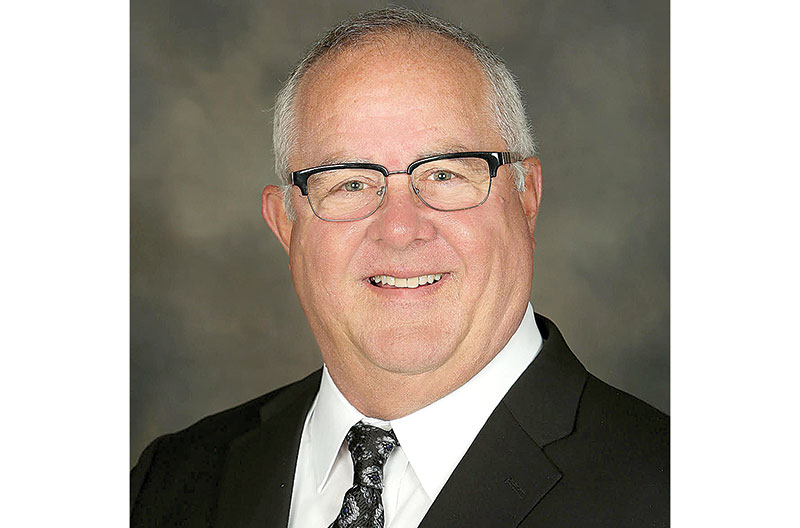Co-op program, locker system offer hope
North Dakota has one of the smallest populations in the nation and most residents live in the state’s eastern half. Independent grocery stores, particularly on its western side, have been closing at an alarming rate, according to John Dyste, president of the North Dakota Grocers Association.
“I’m old enough to remember that my small town had four grocery stores at one time and now there’s only one,” Dyste said.
According to market information provided primarily by the U.S. Department of Commerce, there are 73 grocery stores in North Dakota. Twenty-three of them – nearly 32 percent – belong to Walmart.
With an estimated $277 million in sales, the state’s largest market share retailer is Hornbacher’s, though it has just six stores. While the data does not account for every single business, it does present an accurate picture of retail in North Dakota.
“The numbers show – small-town stores have gone away to a lot of an extent,” Dyste said. “People are traveling farther to purchase product. If you’ve heard the term ‘food desert,’ that’ll certainly apply to areas of North Dakota.”
It’s a dilemma grocers and shoppers face in every largely rural state, though the rate of closures has increased within the past 10 to 15 years, according to Dyste. “It’s nothing to get in the car and drive 75 miles to a larger metropolitan area to buy groceries and do your doctoring or a whole number of things.”
But the small-town stores started to see some positive changes during the COVID-19 pandemic. With more people staying away from heavily populated areas, the stores were able to provide local customers with necessities.
Unfortunately, that boon didn’t last long. Retailers continue to battle larger chains with more locations, better access to products and services such as e-commerce. Still, they are alive and competing. Dyste gave an example of retailers reinvesting in their stores.
“Let’s say a town lost their hardware store – it closed – or they lost their liquor store,” he explained. “What is happening in the smaller communities, they’re not putting in a whole hardware store but they’re allocating some shelf space – or wherever there’s room – and putting in some hardware products. They’re putting in small scale liquor establishments.”
Diversifying has helped change the way independent retailers are appealing to customers, though they still struggle to get products at a fair price. At the time of this publication, North Dakota was in its legislative session. The NDGA saw the expansion of a pilot program that aims to help small businesses compete.
The program was started by the North Dakota Association of Rural Electric Cooperative, a trade association that oversees 16 distribution co-ops. The NDAREC takes three to five stores and brings them together to help negotiate better purchasing power, with a larger independent acting as a main hub store.
“The hub store buys the groceries that the smaller stores’ needs,” Dyste explained. “The hub store will break down quantities for the smaller stores.”
He gave an example of cases of lettuce in which a distributor says a store must buy a certain number of cases.
“If a small store buys 24 cases of lettuce, they’re going to throw half of that away,” he said. “Well now, they’re going to get, let’s say, six heads. They can buy it at a lower price than what they were buying before and it’ll all be fresh…they have just what they need – not what they have to order because the wholesaler says that is what they need.”
Another part of the program includes a system where customers in rural areas can have products sent to a locker for them to pick up. The locker has different sections that can accommodate dry, refrigerated and frozen groceries. It provides an option for customers while still using the co-op’s hub stores.
“You can go online and order all these products and you pay by credit card,” Dyste said. “The hub store sends that stuff out to this locker and they give you a code. When you get off work, you drive up to that locker system, you enter your code, those doors open and you’re headed home with your groceries.”
To date, there is only one locker. However, the legislature has approved $2 million to help expand the co-op program. A government entity, as yet undetermined, will oversee the expansion by taking applications for hub stores, identifying the best candidates and how the program can best benefit small-town grocers.
The North Dakota Grocers Association is looking to secure another legislative victory with Senate Bill 2270, which aims to outlaw swipe fees when collecting sales tax. It is guaranteed to get a committee vote, though that had not occurred as of late January.

